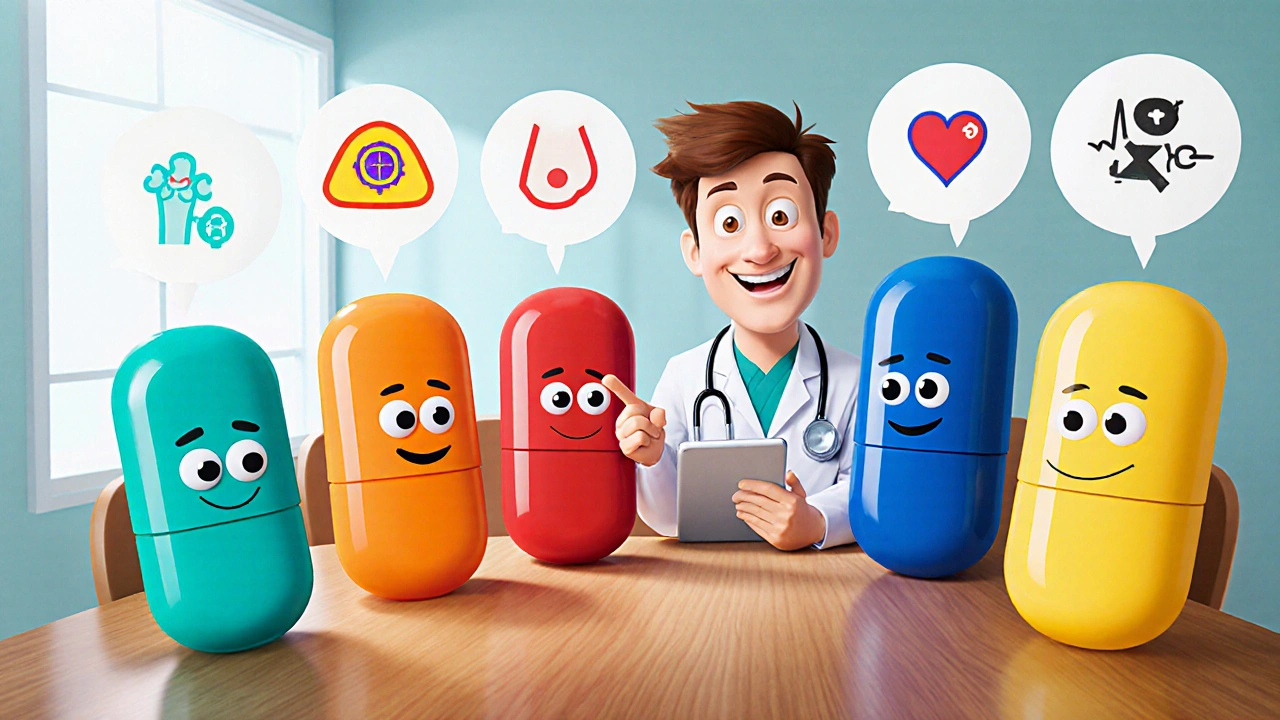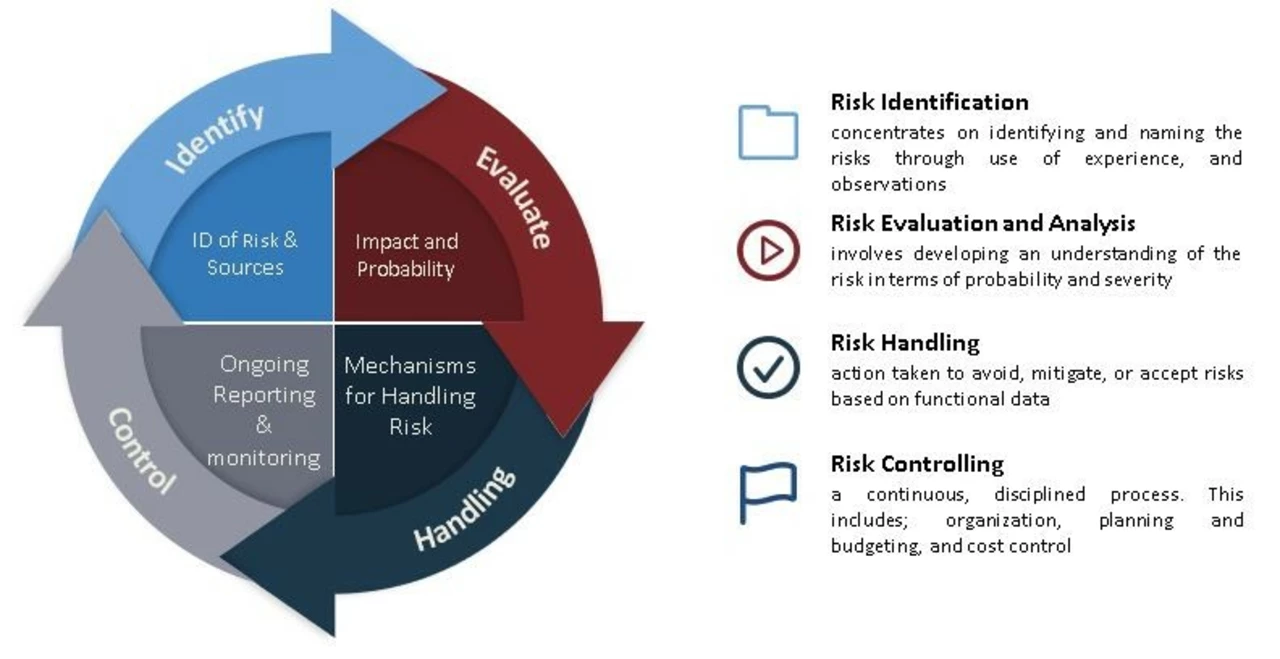Ever taken a pill and wondered why you felt off? Side effects are the body’s way of telling you something isn’t right. Knowing the signs early can keep a simple upset from turning into a real problem.
Most drugs cause mild issues like stomach ache, headache, or a little drowsiness. These usually fade after a few days as your body adjusts. If you notice skin rash, swelling, or trouble breathing, that’s a red flag – stop the drug and get help right away.
Some meds affect specific organs. For example, certain blood pressure pills may cause dizziness when you stand up quickly. Antidepressants can bring on nausea at first but often settle down. Knowing which organ a medication targets helps you spot the right warning signs.
First step: read the label or patient info sheet. It lists the most common side effects and what’s rare but serious. If you’re unsure, call your pharmacist – they can tell if a symptom is expected or needs medical attention.
Keep a simple log. Write down the drug name, dose, when you took it, and any new symptoms. A few days of notes give doctors solid evidence to adjust dosage or switch meds.
If a side effect bothers you but isn’t dangerous, talk to your doctor about taking the medicine with food, changing the time of day, or using an over‑the‑counter remedy to ease it.
Never ignore severe reactions. Signs like chest pain, rapid heartbeat, severe vomiting, or sudden confusion require emergency care. Call 911 or head to the nearest ER – your safety comes first.
Remember, not every side effect means you should quit the medication. Many are temporary and manageable. The key is staying informed, watching for patterns, and communicating openly with healthcare professionals.
By paying attention to how your body reacts, you can enjoy the benefits of your prescription without unnecessary hassle. Keep this guide handy, and next time a new symptom shows up, you’ll know exactly what steps to take.

Learn how to choose diabetes medications based on side effect profiles to improve adherence, avoid dangerous reactions, and match treatment to your health goals-without sacrificing blood sugar control.

A detailed guide comparing Etodolac with Naproxen, Ibuprofen, Diclofenac, and Celecoxib, covering efficacy, dosing, side effects, and safety tips.

Learn all about Prometrium, its uses, benefits, side effects, and practical tips for real-life hormone therapy. Everything you need in one place.

Get the inside scoop on Lariam—an antimalarial that saves lives, but not without controversy. Explore its uses, side effects, and true risk.

Zyrtec is one of the top choices for fast allergy relief, but there's much more to it than just popping a pill. This article explores how Zyrtec works, tips for safer use, how it compares to other allergy medicines, and surprising facts you probably didn't know. Discover detailed advice and smart hacks to help make your allergy season a breeze.

I recently delved into the side effects of gemfibrozil, a medication used to lower lipid levels in the body. Some common side effects include stomach pain, diarrhea, and headaches. While most of these are mild and temporary, it's important to consult with your doctor if they persist. In my research, I discovered that maintaining a healthy lifestyle and diet can help alleviate some of these side effects. I'll be sharing some tips on how to manage these side effects and maintain a balanced life while taking gemfibrozil.

As a blogger, I've recently been researching the connection between Tamsulosin and dental health, and I'd like to share some key points with you all. Tamsulosin is a medication commonly used to treat benign prostatic hyperplasia (BPH), and it has been found to potentially impact dental procedures. One significant concern is the risk of increased bleeding during dental surgery, which may require dentists to take additional precautions. Individuals taking Tamsulosin should always inform their dentist about their medication history to ensure safe and effective dental care. Ultimately, understanding the link between Tamsulosin and dental health is essential for both patients and dental professionals.
I recently came across the topic of osteodystrophy and its effects on dental health, which I found quite intriguing. Osteodystrophy is a condition that affects bone metabolism and can have a significant impact on our teeth and gums. It is important for us to understand the link between these two aspects of our health, as it can help us take better care of our oral hygiene. In my research, I discovered that proper dental care and regular check-ups are crucial in managing this condition. I'll be sharing more information on this topic in my upcoming blog post, so stay tuned!
Explore how tobacco use fuels pancreatic cancer, the biological mechanisms, risk statistics, and steps to protect yourself.
Learn how to set up and safely use an insulin pump for diabetes management. Understand basal rates, bolus types, site care, and real-world safety tips to avoid dangerous complications.
Learn how to safely buy cheap generic bupropion online. Get tips on verifying pharmacies, comparing prices, ordering steps, and legal considerations for affordable, legit medication.
As a blogger, I've recently been researching the connection between Tamsulosin and dental health, and I'd like to share some key points with you all. Tamsulosin is a medication commonly used to treat benign prostatic hyperplasia (BPH), and it has been found to potentially impact dental procedures. One significant concern is the risk of increased bleeding during dental surgery, which may require dentists to take additional precautions. Individuals taking Tamsulosin should always inform their dentist about their medication history to ensure safe and effective dental care. Ultimately, understanding the link between Tamsulosin and dental health is essential for both patients and dental professionals.